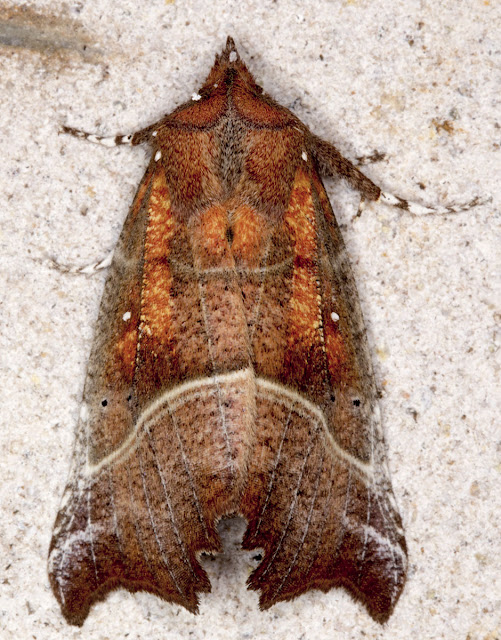This is the entrance to a set of caves which might once have been a sandstone mine. They were definitely used as an air-raid shelter in the second world war. Now, they are in someone's back garden! I want one of these.
We looked around as part of a bat survey. This time, we didn't find any bats here, but there were a couple of overwintering moths.
 |
| Herald, Scoliopteryx libatrix. Chipstead Caves, 24 February 2013. |
There were smaller moths as well, two specimens of the interesting Twenty-plume Moth:
 |
| Twenty-plume Moth, Alucita hexadactyla. Chipstead Caves, 24 February 2013. |
It was good to see some summer moths in the middle of winter!

Beautiful moths, and a most evocative cave entrance with a lot of history behind it. We have nothing this side of the Atlantic like either of them, though one might think that moths would be quite widespread.
ReplyDeleteHi, thanks for your post, I'm interested in these caves,my late mother grew up at Bank House (John Pudney was her dad) and she used to talk bout the caves in the garden. Do you have any more photos or info about them or about Bank House? Can you access the cave via the cellar still?
ReplyDelete